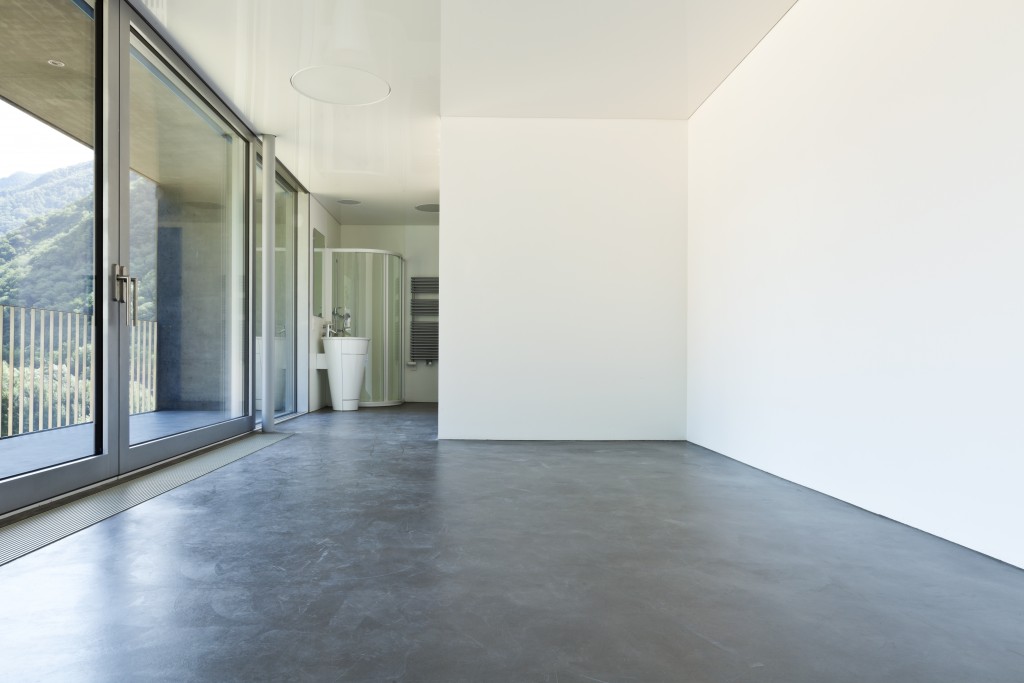Disclaimer: This website provides health information for educational purposes only and is not a substitute for professional medical advice, diagnosis, or treatment. Always seek the guidance of a qualified healthcare provider with any questions you may have.
Concrete is everywhere; you’ll find it in buildings, roads, walls and even works of art. It’s so common that many people take it for granted. But concrete is remarkable, with features and characteristics that have made it one of the most commonly used materials in the modern world. Here are seven things that you probably don’t know about concrete:
It’s not cement
“Concrete” tends to be used interchangeably with “cement,” but this is incorrect. The truth is that cement is only one of the ingredients in concrete. It is what binds the aggregates (sand, crushed stone, or gravel) together and which hardens into what it is known as concrete.
It’s ancient
If you thought concrete was a modern invention, you’re in for a surprise. The ancient Romans discovered the concrete ‘pozzolana,’ by mixing volcanic ash, lime, and water. Because of the material’s waterproof properties, it was used to build piers and bridges, among others. The Romans also used concrete to build other structures. The Pantheon in Rome was built partly with concrete and has stood for close to 2,000 years.
It resists water
Depending on how it’s mixed, concrete can resist water very well. This is why it’s used for underground structures that are regularly in contact with moisture and water, such as basements and the lower levels of buildings. Moreover, the aforementioned Pozzolanic cement remains the material of choice for underwater structures, such as tunnels, sewers, and dams.
It is fireproof
You simply can’t set concrete on fire because it doesn’t burn. It also doesn’t release toxic fumes when heated, which is why it’s even used to build ovens and furnaces. The thermal conductivity, also known as heat transfer, of this material is amazingly low, which is why concrete buildings tend to stay intact during fires.
Its compressive strength is formidable
Compressive strength refers to the amount of compressive force a material can take before it breaks. Concrete’s compressive strength on average ranges from 3,000 to 7,000 pounds-per-square-inch (psi). Some mixes of the material can reach up to 20,000 psi.
It is the best material for roads

Because concrete is an aggregate, it can be mixed in different ways to achieve various results. Its resistance to fire and water means it can withstand weather changes and different elements. With its high compressive strength, it can take the immense weight of passing traffic without immediate damage. Any damage can also be remedied with the right concrete repair service.
Concrete can be mixed with vegetables
Composites combine concrete with different materials to enhance the former’s qualities. Some researchers have experimented on using particles from vegetables, such as Jerusalem artichoke, to create concrete that does not absorb much water and swell when exposed to fluids long-term. Other plants that have been mixed with concrete include hemp, bamboo, dates, coconuts, and bananas.
Concrete is one of the most commonly used materials today. It possesses characteristics that make it extremely valuable in this modern age. There is little doubt that it will remain as an essential asset in humanity’s future.




